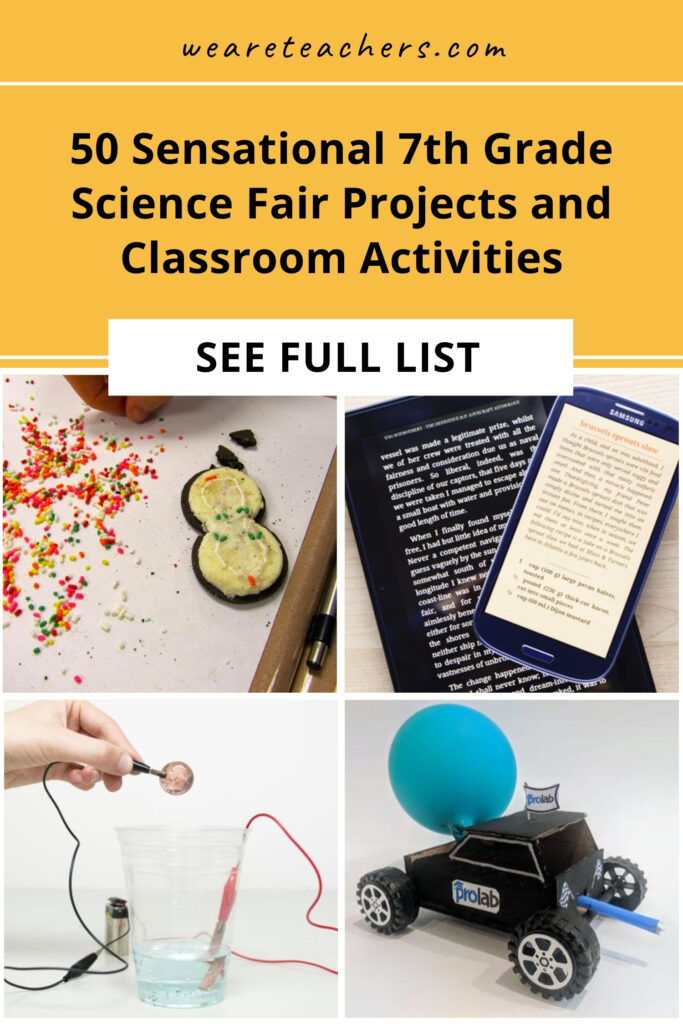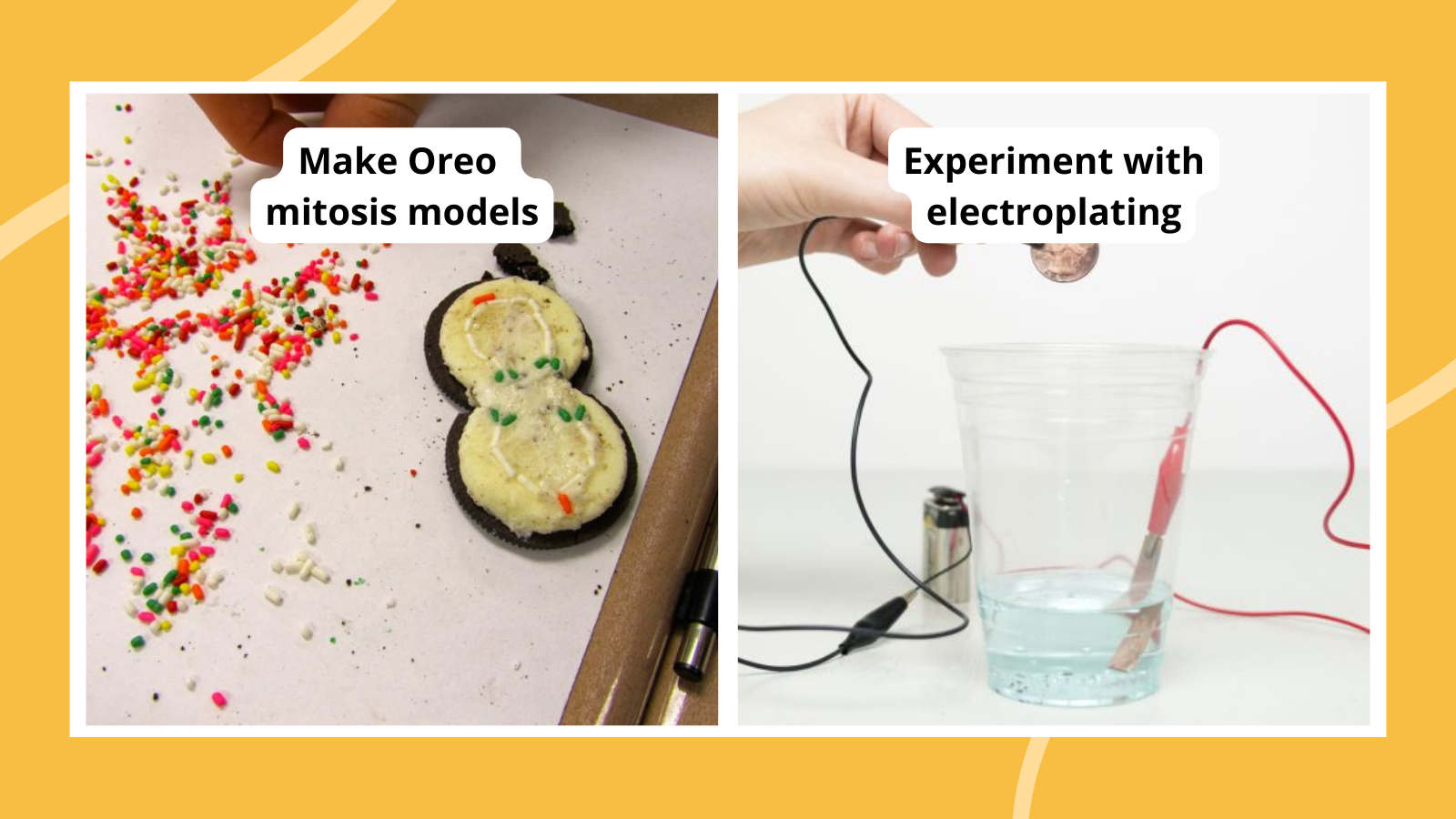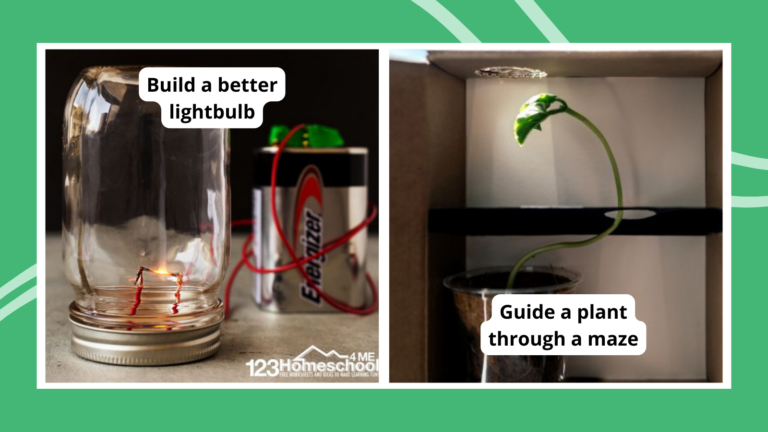Engage every student with these 7th grade science fair projects, whether they’re interested in biology, chemistry, physics, environmental science, or any other discipline. Plus, find interesting classroom demos, experiments, and hands-on activities to spice up your lesson plans!
To make it easier to find classroom activities or science fair ideas for 7th grade, we’ve rated all the projects by difficulty and the materials needed:
Difficulty:
- Easy: Low or no-prep experiments you can do pretty much anytime
- Medium: These take a little more setup or a longer time to complete
- Advanced: Experiments like these take a fairly big commitment of time or effort
Materials:
- Basic: Simple items you probably already have around the house
- Medium: Items that you might not already have but are easy to get your hands on
- Advanced: These require specialized or more expensive supplies to complete
Jump to:
- Biology and Ecology Science Fair Ideas for 7th Grade
- Chemistry Science Fair Ideas for 7th Grade
- Physics and Engineering Science Fair Ideas for 7th Grade
- 7th Grade Science Classroom Demos, Experiments, and Hands-On Activities
Biology and Ecology Science Fair Ideas for 7th Grade
Want to learn more about animals or human behavior, the environment around you, or other life science topics? Try these 7th grade science fair projects.
Learn whether color affects memory

Difficulty: Easy / Materials: Medium
Can certain colors improve your memory? This experiment explores that idea using different text, background colors, and blue light settings on devices.
Learn more: Colors and Memory at Education.com
Explore how sugary drinks affect teeth
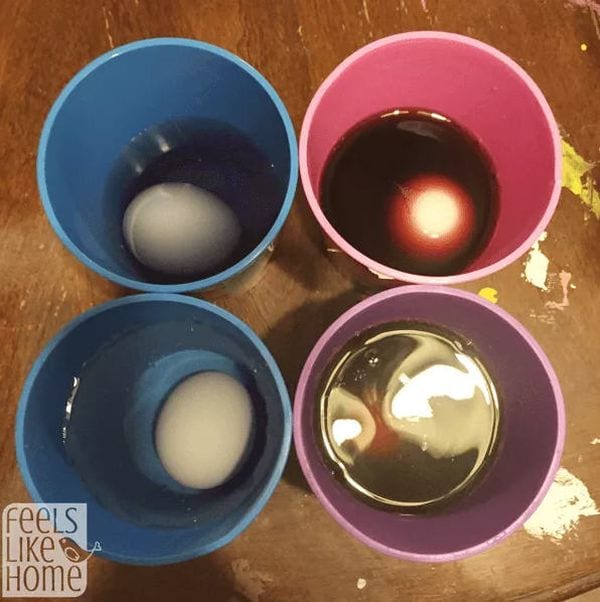
Difficulty: Easy / Materials: Medium
The calcium content of eggshells makes them a great stand-in for teeth. In this experiment, students use eggs to determine how soda and juice stain the teeth and wear down the enamel. (Bonus: Have students try different toothpaste and toothbrush combinations to see how effective they are.)
Learn more: Eggshell Experiment at Feels Like Home
Extract DNA from an onion
Difficulty: Medium / Materials: Medium
Learn how to extract DNA from an onion (most of what you need you can find at home, and you can get 95% ethanol at Amazon). Then, turn it into an experiment by applying the theory to other fruits or vegetables to see if you can get similar results.
Stretch your mind with a flexibility experiment
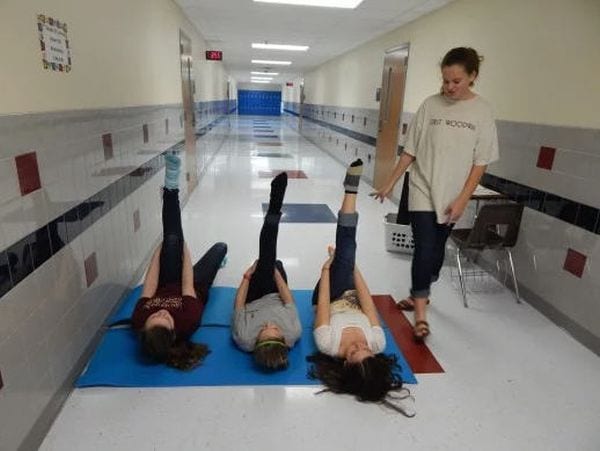
Difficulty: Medium / Materials: Basic
Find out how important stretching really is by comparing the flexibility of willing test subjects before and after stretch exercises. This is a great experiment for fitness fans.
Learn more: Flexibility Experiment at We Have Kids
Construct a DIY grow box
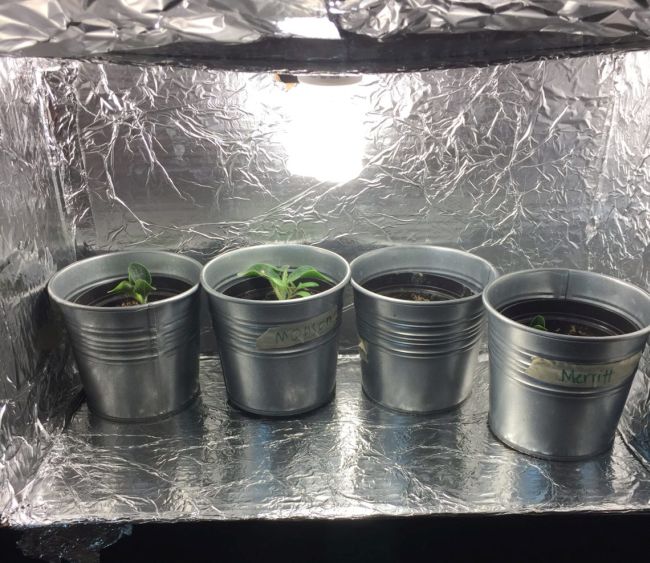
Difficulty: Medium / Materials: Medium
Design a grow box using a cardboard box, foil, and a plug-in light socket. Then, use it for all kinds of plant-based science fair ideas for 7th grade students.
Learn more: DIY Grow Box at Uplifting Mayhem
Collect and control biofilm
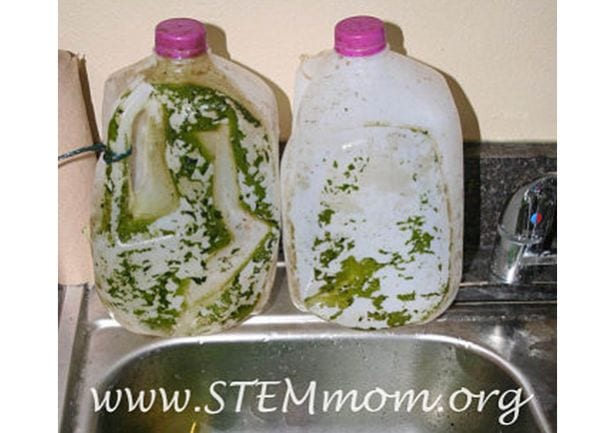
Difficulty: Medium / Materials: Medium
Bacteria that accumulate on objects in the water form a substance called biofilm. In this 7th grade science fair project, students build an apparatus to collect biofilm and then experiment with ways to reduce the amount of biofilm that accumulates over time.
Learn more: Biofilm Experiment at The Homeschool Scientist
See if caffeine helps you type faster
Difficulty: Easy / Materials: Medium
People seek out a jolt of caffeine when they’re feeling sluggish, but does it really help them perform better? This 7th grade science fair project tasks students with answering that question using the scientific method.
Find out if all plants are phototropic
Difficulty: Easy / Materials: Medium
You probably already know that many plants grow toward the light. But do all of them respond in the same way? Test several types of plants to find out.
Devise a water filtration system
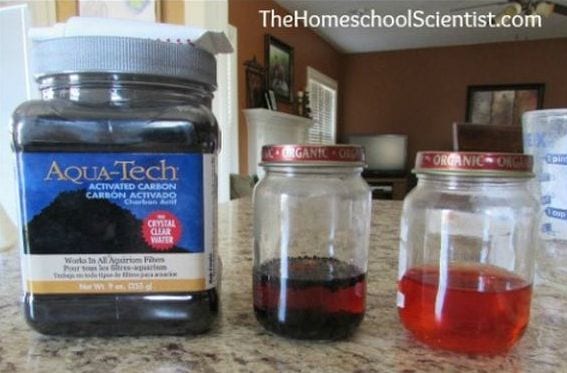
Difficulty: Medium / Materials: Medium
Plenty of homes use water filtration systems these days, but how do they really work? This chemistry experiment explores how charcoal filters impurities from drinking water.
Learn more: Water Filtration at The Homeschool Scientist
Determine whether text abbreviations are a new language
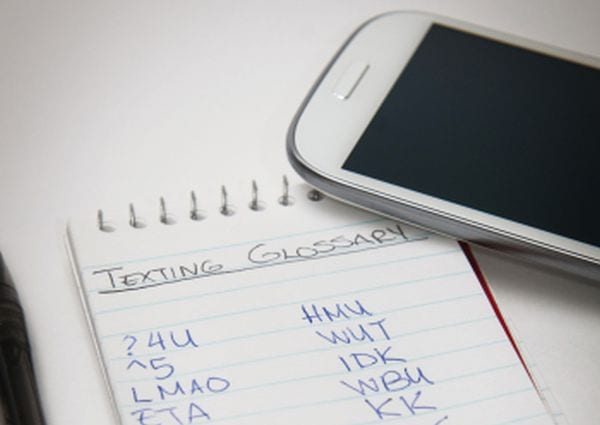
Difficulty: Medium / Materials: Basic
Kids are fluent in text-speak, but does it really count as a whole new language? In this 7th grade science fair project, students research language and the history of texting, then compile a texting glossary and consider texting’s practical applications.
Learn more: Text Language at Education.com
Chemistry Science Fair Ideas for 7th Grade
If you’re fascinated by test tubes, beakers, and Bunsen burners, check out these interesting 7th grade science fair projects and ideas.
Design your own slime
Difficulty: Easy / Materials: Medium
Chances are good your students already love making and playing with slime. Turn the fun into an experiment by changing the ingredients to create slime with a variety of properties, from magnetic to glow-in-the-dark!
Copper-plate some coins
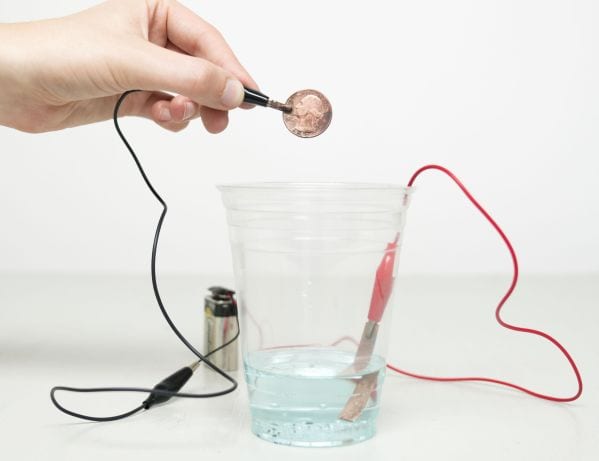
Difficulty: Easy / Materials: Medium
Students need just a few simple supplies to perform electroplating, but the results are always impressive. (Get copper strips and 9V battery snap connectors with alligator clips on Amazon.) Turn this into a 7th grade science fair project by changing up the variables (does temperature matter?) or items being electroplated.
Learn more: Electroplating at KiwiCo
Swab and test for germs
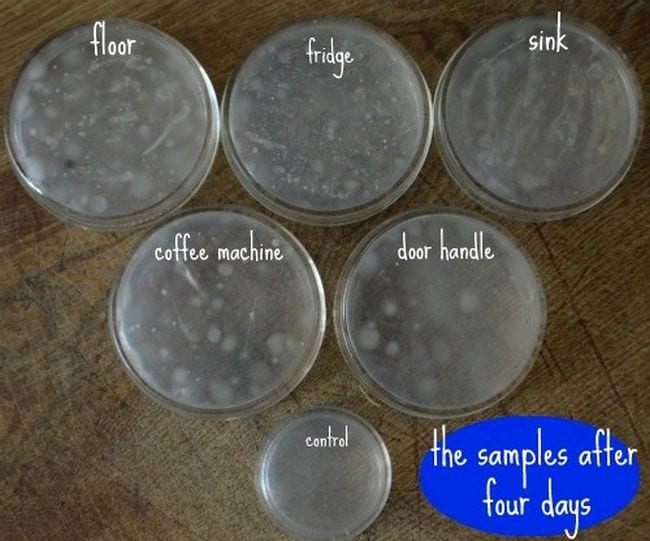
Difficulty: Medium / Materials: Medium
Germ experiments are one of the most popular science fair ideas for 7th grade students. Swab household items, school supplies, and more to discover what’s living on the items around you.
Learn more: Germ Experiment at Angelic Scalliwags
Spherify your favorite beverage
Difficulty: Medium / Materials: Medium
Spherification is a hot trend in top restaurants, but 7th grade science students can easily replicate it at home with a spherification kit. This is a cool chemistry experiment, and tasty too!
Test calorie counts in packaged foods
Difficulty: Medium / Materials: Medium
Ever wonder how scientists determine how many calories are in your food? Try this experiment to find out!
Explore mummification
Difficulty: Easy / Materials: Medium
First, learn how to mummify a hot dog using baking soda as a desiccant. Then, experiment with other desiccants or items to turn this into a bona fide experiment.
Play around with oxidation
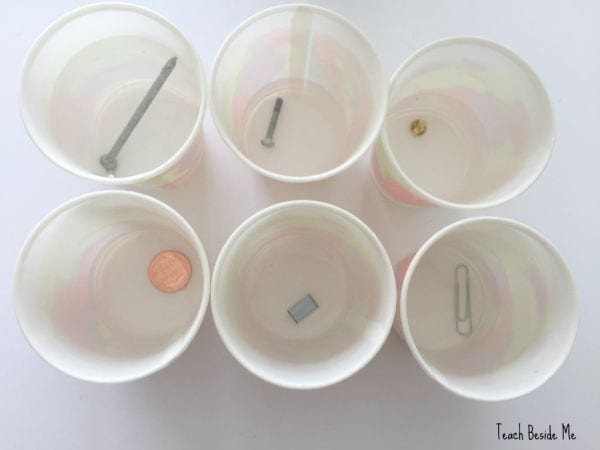
Difficulty: Easy / Materials: Medium
Can you find a way to slow or prevent oxidation (rusting)? This is one of those 7th grade science fair ideas that’s simple in concept but has lots of practical applications.
Learn more: Oxidation Experiment at Teach Beside Me
Blow hot or cold bubbles
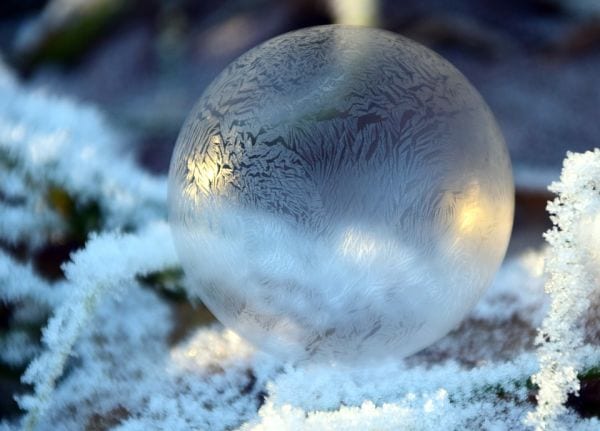
Difficulty: Easy / Materials: Medium
Blowing bubbles may sound like too much fun for a science project, but when conditions like temperature are altered, the experimental part kicks in. What conditions do you need to blow a bubble that freezes?
Learn more: Bubble Life & Temperature at ThoughtCo.
Whip up some eggshell chalk

Difficulty: Medium / Materials: Medium
Use the calcium in eggshells to make your own sidewalk chalk. Then, tinker with the recipe to see if you can make the chalk last longer, resist water, or other variables.
Learn more: DIY Chalk at Kidspot
See the effect of acid rain on plants
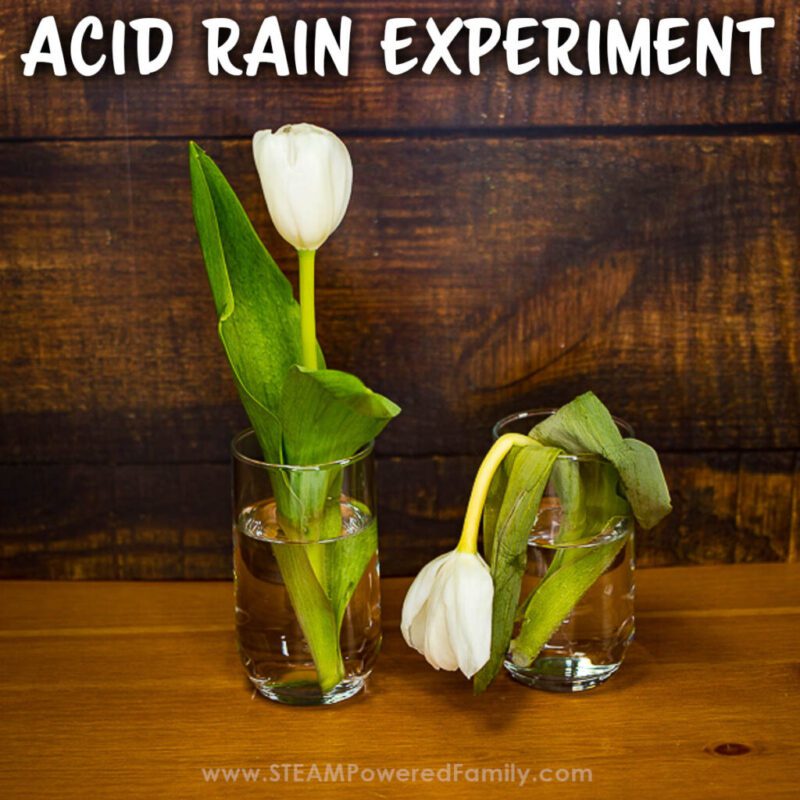
Difficulty: Easy / Materials: Basic
This simple project tests whether acid rain has any effect on plant life, using vinegar in place of fossil fuels. Experiment with different acid concentrations and pH levels for a more advanced version.
Learn more: Acid Rain Experiment at STEAM Powered Family
Physics and Engineering Science Fair Ideas for 7th Grade
Explore the laws of motion, the science of energy, or STEM challenge engineering ideas through 7th grade science fair projects like these.
Drive a balloon-powered car
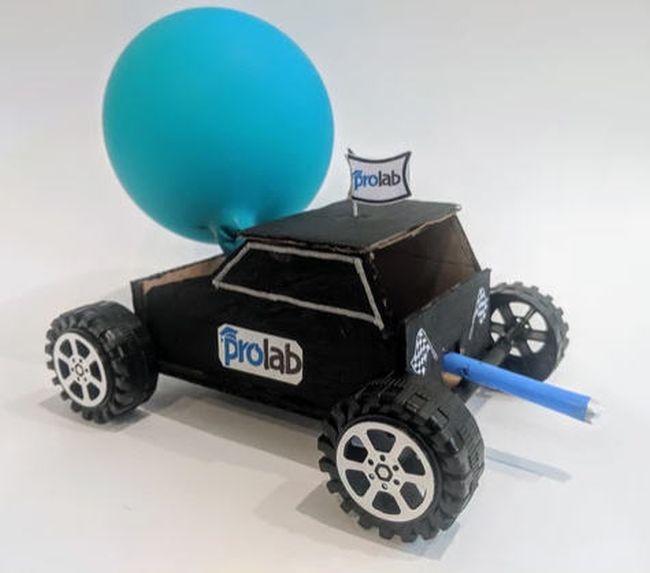
Difficulty: Medium / Materials: Medium
Engineer a balloon-powered car using basic materials from around the house (even the wheels are bottle caps!). Experiment to see how far or fast you can make the car go.
Learn more: Balloon Car at Prolab
Construct a geodesic dome
Difficulty: Medium / Materials: Basic
Budding engineers will love designing, building, and testing the strength of the fascinating geodesic dome. This experiment requires nothing more than newspaper and masking tape!
Design a solar oven
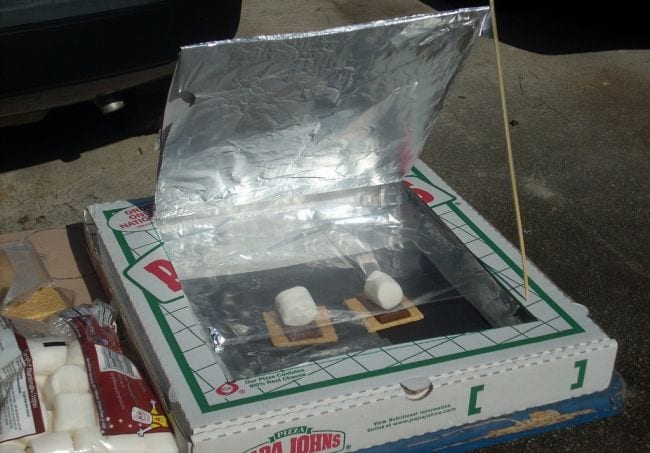
Difficulty: Medium / Materials: Medium
Students experiment with the best way to build a solar oven, exploring thermal energy, reflection, convection, and other physics concepts. They can serve up their experiment results along with their final reports!
Learn more: Solar Oven at Children’s Science Center
Lend a helping hand
Difficulty: Medium / Materials: Medium
This is a great individual or group 7th grade science project, as it encourages students to use and hone their design and engineering skills to make a working model of a hand. If you’ve got robotics skills, take this project to a more advanced level.
Build a Da Vinci bridge
Difficulty: Medium / Materials: Medium
There are plenty of bridge-building experiments out there, but this one is unique. It’s inspired by Leonardo da Vinci’s 500-year-old self-supporting wooden bridge. Build a model and test the amount of weight it can hold, or craft a full-size version to put Da Vinci’s plan into action.
Construct a water clock
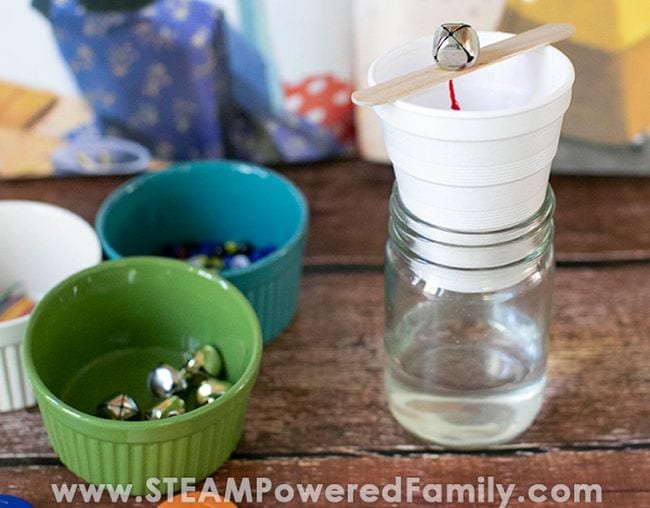
Difficulty: Easy / Materials: Medium
You’ll blow your 7th grade science students’ minds when you tell them they’re going to build a clock using engineering that’s been around for thousands of years. The supplies are simple, but the results are pretty neat!
Learn more: Water Clock at STEAM Powered Family
Generate electricity
Difficulty: Medium / Materials: Medium
In this science fair project, kids build a generator from scratch. Turn it into an experiment by varying the materials to see if you can increase the amount of energy it produces.
Test the elasticity of balloons
Difficulty: Easy / Materials: Medium
Explore whether heat and cold have an effect on elasticity using balloons. Try this with other materials too to expand the project. (Find more balloon science here!)
Freeze water in an instant
Difficulty: Easy / Materials: Medium
Explore the concept of nucleation (the process of chain reactions) by turning water into ice in seconds! Make this a 7th grade science fair project by trying the same process with other liquids.
Auto-feed your pet
Difficulty: Advanced / Materials: Advanced
Can you build a device that feeds your pets automatically? Even better, can you make it inexpensive and easy for others to build too? This project has real practical applications.
7th Grade Science Classroom Demos, Experiments, and Hands-On Activities
Use these classroom activities to teach human biology, mechanical engineering, and more physics and chemistry concepts in engaging and exciting ways.
Use Oreos to teach mitosis
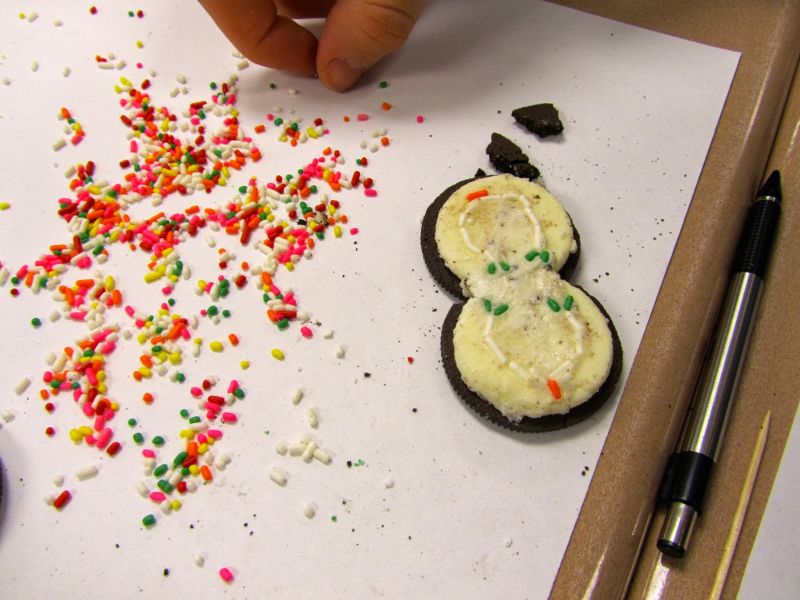
Difficulty: Medium / Materials: Medium
A 7th grade science activity that doubles as a sweet treat? Your students are going to love this activity using Oreo cookies and colorful sprinkles to make cellular mitosis models.
Learn more: Oreo Mitosis at Ballin With Balling
Twist pipe cleaners to explore meiosis
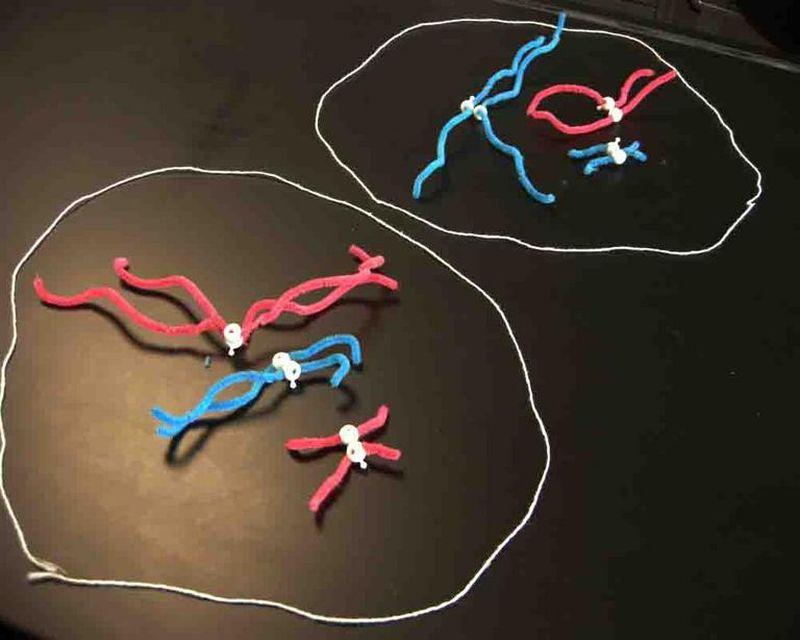
Difficulty: Medium / Materials: Medium
Meiosis is similar to mitosis, but it’s specific to the production of gametes. These hands-on models use basic materials like pipe cleaners and beads to make the process easier to visualize.
Learn more: Meiosis Models at Science Prof Online
Teach about “Homer-o-stasis”
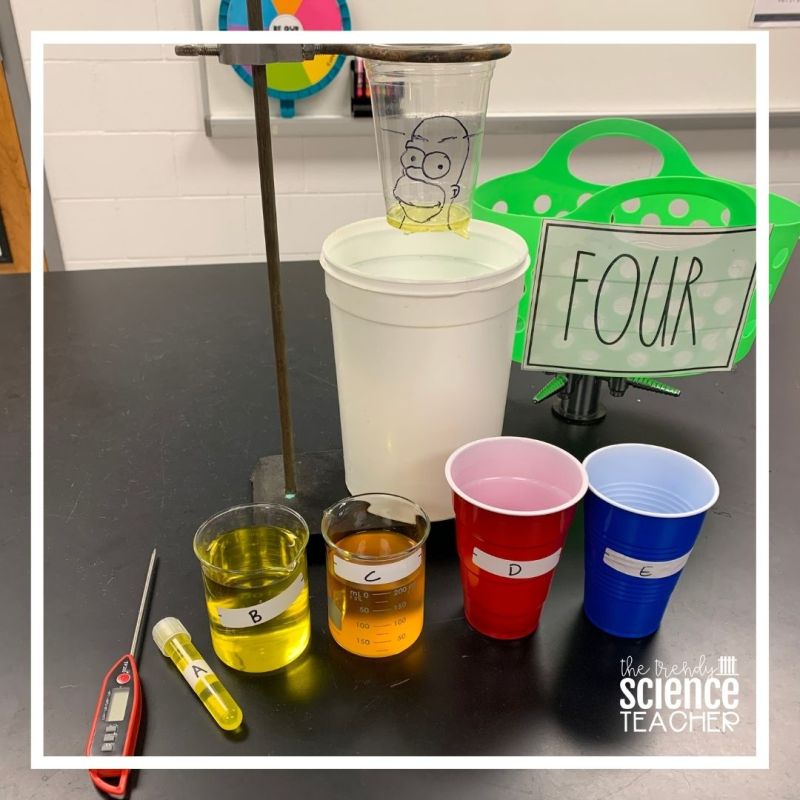
Difficulty: Medium / Materials: Advanced
This is such a fun way to teach kids about the concept of homeostasis! Get all the instructions you need at the link.
Learn more: Homer-o-stasis at The Trendy Science Teacher
Sort jelly beans to learn genetics
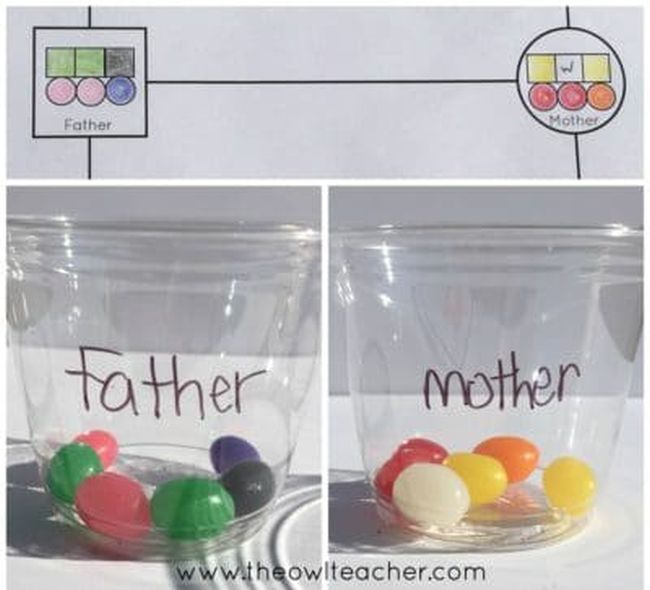
Difficulty: Easy / Materials: Medium
If you’re learning about how genetic traits are passed along from parent to child, try this jelly-bean demo. When you’re finished, you can enjoy a sweet treat!
Learn more: Jelly Bean Genetics at The Owl Teacher
Design a pinball machine
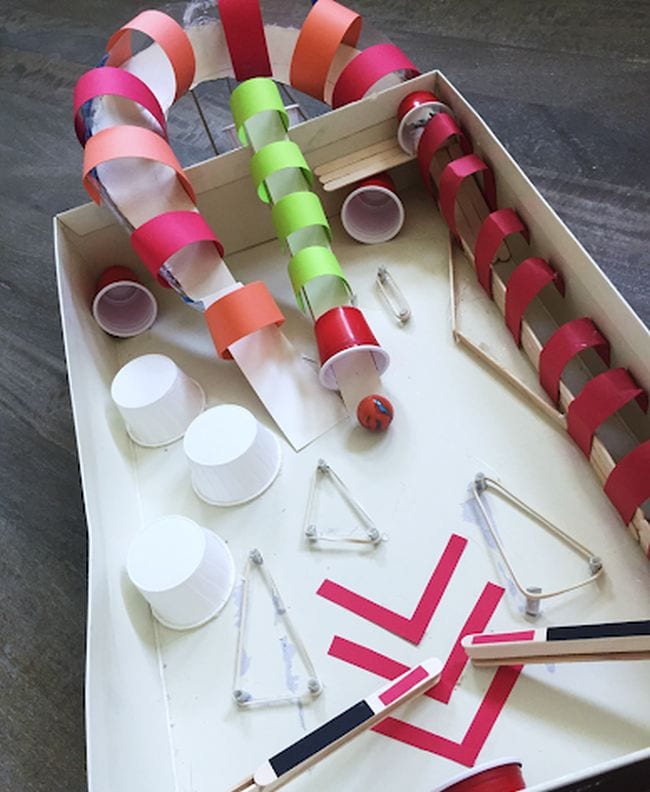
Difficulty: Medium / Materials: Medium
Give your class basic supplies like rubber bands, plastic cups, and cardboard boxes. Then challenge them to create their very own pinball machines!
Learn more: Pinball STEM Challenge at Student Savvy
Conduct a carbon cycle lab activity
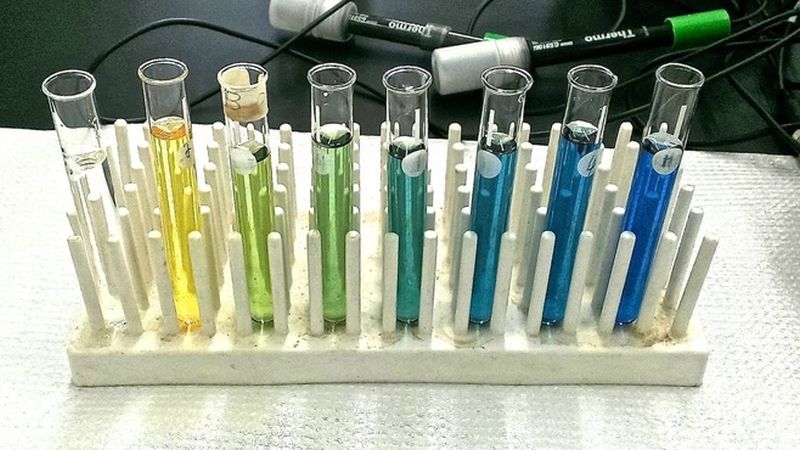
Difficulty: Medium / Materials: Advanced
If you’ve got access to some basic chemicals, conduct this lab that helps students see the carbon cycle in action using their own breath.
Learn more: Science Lessons That Rock
Make a tea bag float on air
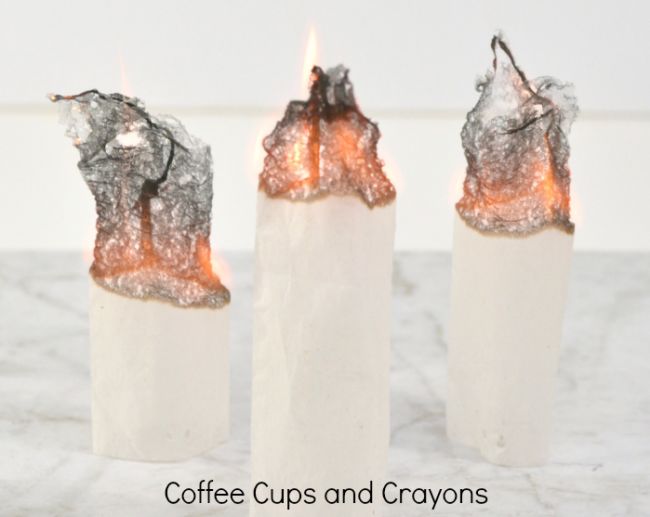
Difficulty: Easy / Materials: Medium
This easy experiment is a cool way to show kids how heat affects air molecules, making hot air rise. They’ll need some supervision with the fire, so try this out on the playground for extra safety.
Learn more: Floating Tea Bags at Coffee Cups and Crayons
Learn how salt affects density
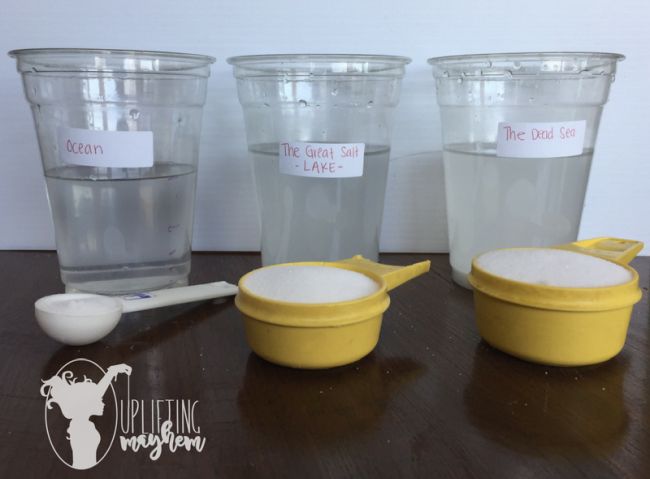
Difficulty: Easy / Materials: Medium
Explore the salinity of various bodies of water, then re-create their waters to see if you can make an egg float or sink. Experiment with other objects too.
Learn more: Saltwater Density at Uplifting Mayhem
Watch the greenhouse effect in action
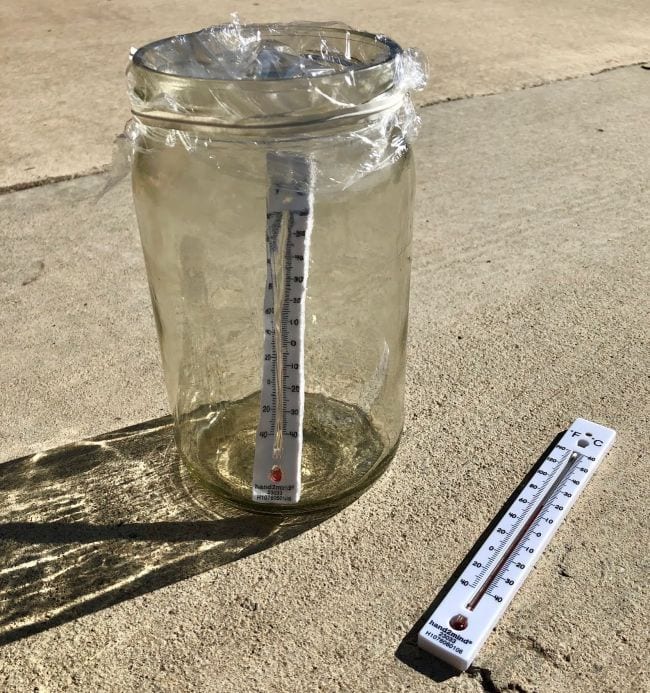
Difficulty: Easy / Materials: Medium
Climate change can be a contentious topic, so start by teaching kids about the greenhouse effect, which is easy to see and understand. Then, urge them to explore data collected by other scientists so they can learn to make informed decisions about topics like global warming.
Learn more: Greenhouse Effect at Teaching Science With Lynda
Blow bubbles to explore cell membranes
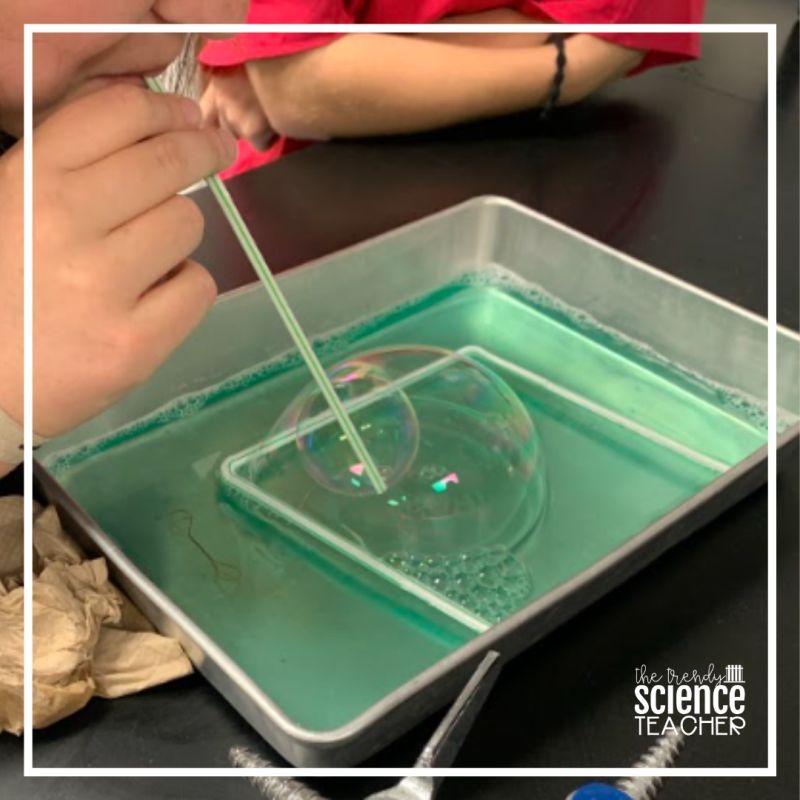
Difficulty: Medium / Materials: Medium
Kids are never too old to enjoy bubbles, so use them to learn more about cell membranes in this fun 7th grade science activity.
Learn more: Cell Membrane Bubbles at The Trendy Science Teacher
Marvel at a density rainbow
Difficulty: Easy / Materials: Medium
We learn early on that oil floats on water, but where do other liquids fit in? Students find out when they conduct this colorful density experiment that has them layer different substances, making a rainbow.
Ride the wave (machine)
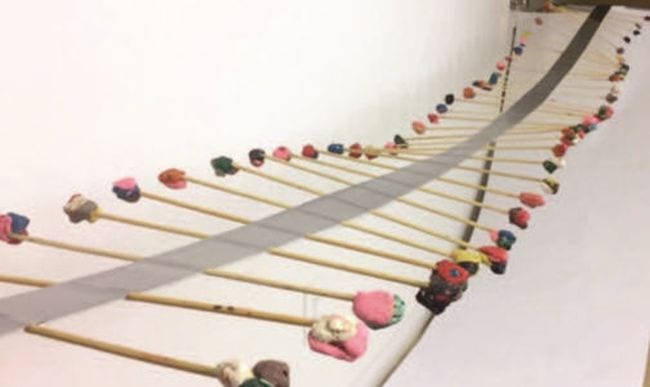
Difficulty: Medium / Materials: Medium
Learning about wave action? Build this surprisingly easy wave machine for hands-on exploration.
Learn more: Wave Machine at Engaging Science Labs
Create a taxonomy system
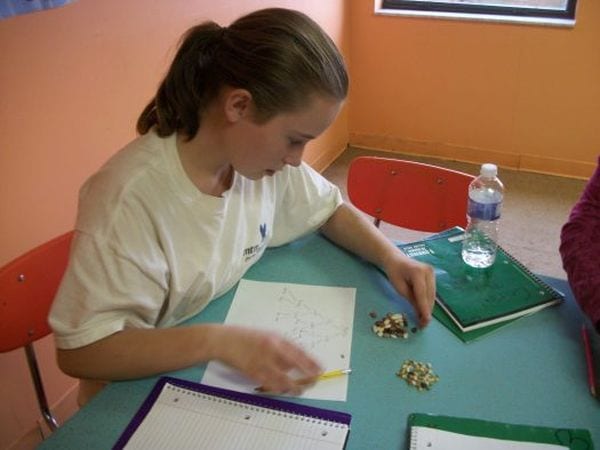
Difficulty: Medium / Materials: Medium
Students can step into Linnaeus’ shoes by creating their own system of taxonomy using a handful of different dried beans. This is a fun 7th grade science project to do in groups, so students can see the differences between each group’s system.
Learn more: Taxonomy Project at Our Journey Westward
Bake an edible cell model
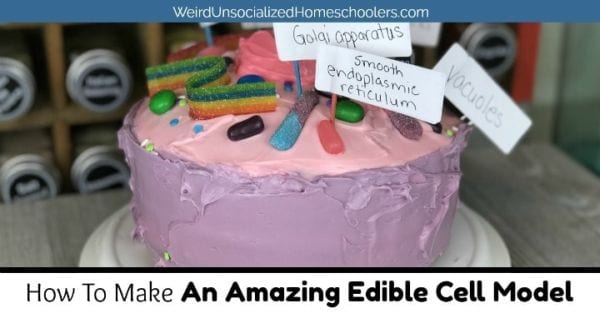
Difficulty: Medium / Materials: Medium
Sure, students could build a cell model out of clay, but cake and candy are so much more delicious! Check out the link below to see how one teacher does it.
Learn more: Edible Cell Model at Weird Unsocialized Homeschooling
Swing a glass of water
Difficulty: Medium / Materials: Medium
This classic science experiment teaches kids about centripetal force. Be forewarned: This could potentially make a bit of a mess, so consider taking this one outside.
Simulate natural selection with a lab activity
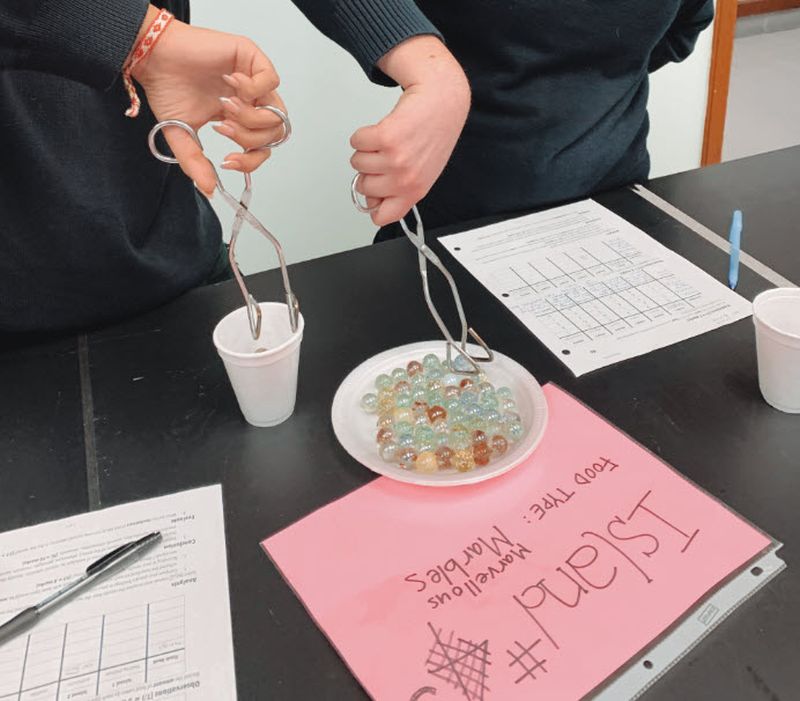
Difficulty: Medium / Materials: Medium
Travel to the Galápagos Islands and follow in Darwin’s footsteps as students explore finch beak adaptations in this clever natural selection lab.
Learn more: Natural Selection Lab at Teach To Serve
Participate in Project FeederWatch
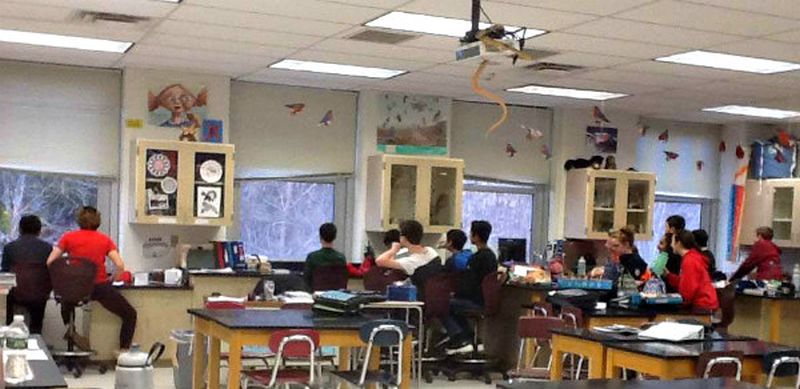
Difficulty: Medium / Materials: Medium
Citizen science projects bring science to life for kids! One of our favorites is Project FeederWatch, where kids put out bird feeders and then count and report on their visitors. This is a great way to build a love of birding for life.
Learn more: Classroom Resources at Project FeederWatch
Experiment with basic substances to learn about chemical change
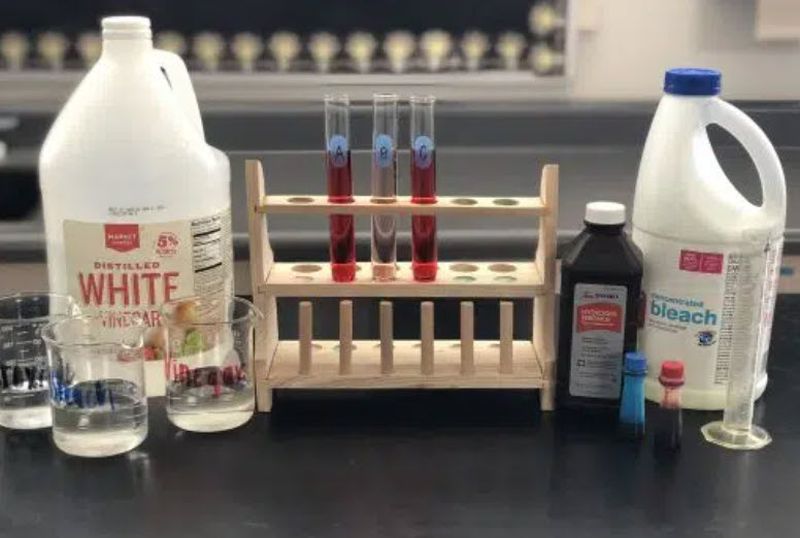
Difficulty: Medium / Materials: Medium
If you’re introducing lab work and chemistry basics to 7th graders, this easy lab is a great way to do it. They’ll learn safety procedures and get to feel like “real” scientists as they pour, mix, swirl, and more.
Learn more: Chemical Change Lab at Super Sass and Science Class
Assemble an edible DNA model
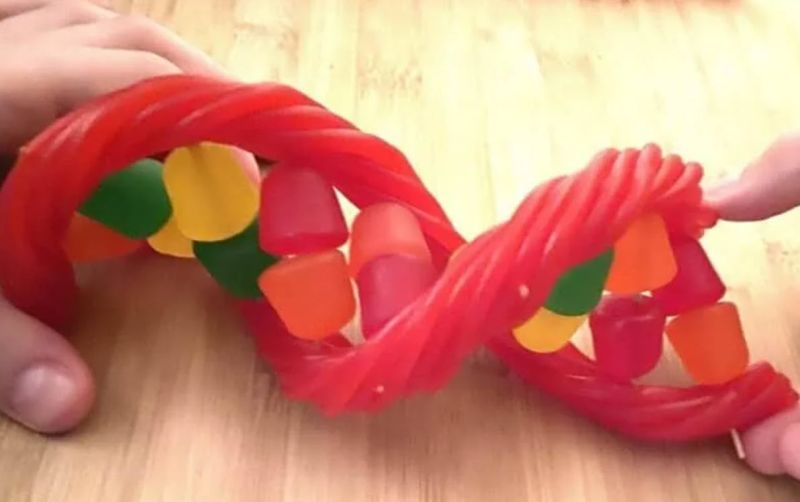
Difficulty: Medium / Materials: Medium
DNA models are always more fun when you can snack on them afterwards. Want to make this a healthier activity? Use fruits and veggies to make models instead.
Learn more: Edible DNA Model at Hess UnAcademy
Craft a food web marble maze
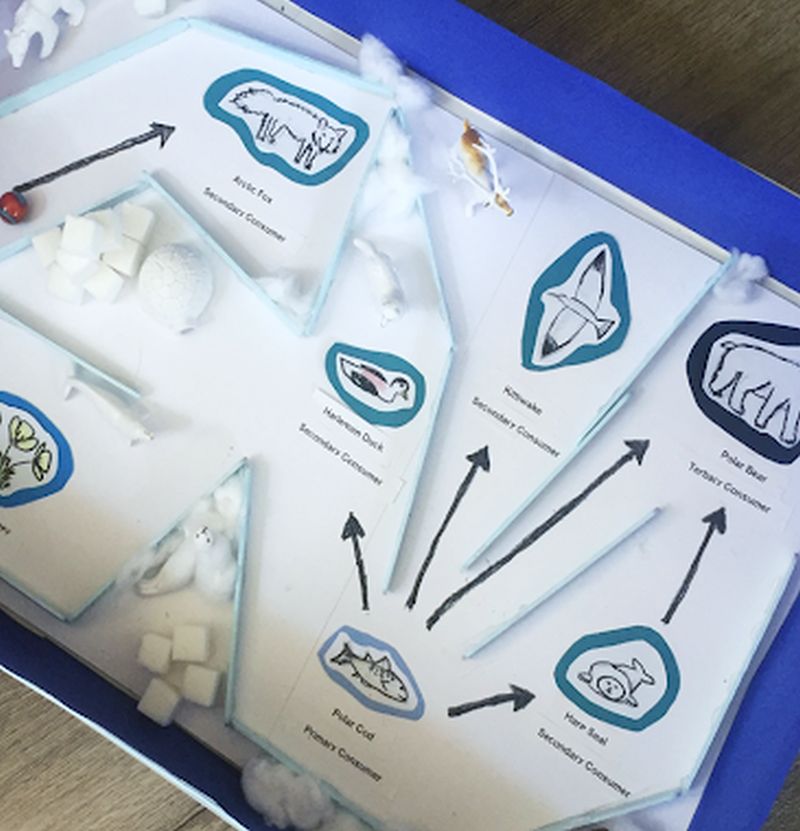
Difficulty: Medium / Materials: Medium
Combine a STEM challenge with learning about food webs in this clever project. Kids will love the hands-on aspect, and it will really help the learning stick.
Learn more: Food Web Marble Maze at Teach Savvy
Keep the STEM learning going with these 15 Items All Middle School Math Classrooms Need.
Plus if you like these 7th grade science fair projects, sign up for our newsletters and get all the latest teacher tips and ideas, straight to your inbox!
